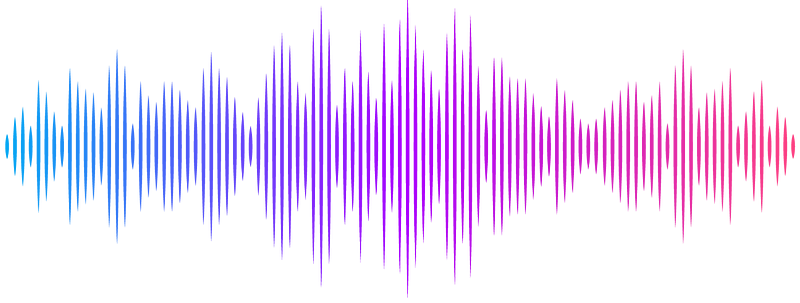Aging and intraocular pressure homeostasis in mice

Aging and intraocular pressure homeostasis in mice
Li, G.; van Batenburg-Sherwood, J.; Safa, B. N.; Fraticelli Guzman, N. S.; Wilson, A.; Bahrani Fard, M. R.; Choy, K.; de Ieso, M. L.; Cui, S.; Feola, A. J.; Weisz, T.; Kuhn, M.; Bowes Rickman, C.; Farsiu, S.; Ethier, C. R.; Stamer, W. D.
AbstractAge and elevated intraocular pressure (IOP) are the two primary risk factors for glaucoma, an optic neuropathy that is the most common cause of irreversible blindness. In most people, IOP is tightly regulated over a lifetime by the conventional outflow tissues. However, the mechanistic contributions of age to conventional outflow dysregulation, elevated IOP and glaucoma are unknown. To address this gap in knowledge, we studied how age affects the morphology, biomechanical properties and function of conventional outflow tissues in C57BL/6 mice, which have an outflow system similar to humans. As reported in humans, we observed that IOP in mice was maintained within a tight range over their lifespan. Remarkably, despite a constellation of age-related changes to the conventional outflow tissues that would be expected to hinder aqueous drainage and impair homeostatic function (decreased cellularity, increased pigment accumulation, increased cellular senescence and increased stiffness), outflow facility, a measure of conventional outflow tissue fluid conductivity, was stable with age. We concluded that the murine conventional outflow system has significant functional reserve in healthy eyes. However, these age-related changes, when combined with other underlying factors, such as genetic susceptibility, are expected to increase risk for ocular hypertension and glaucoma.